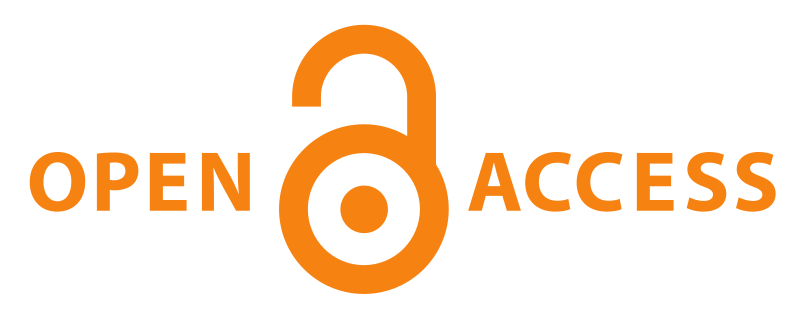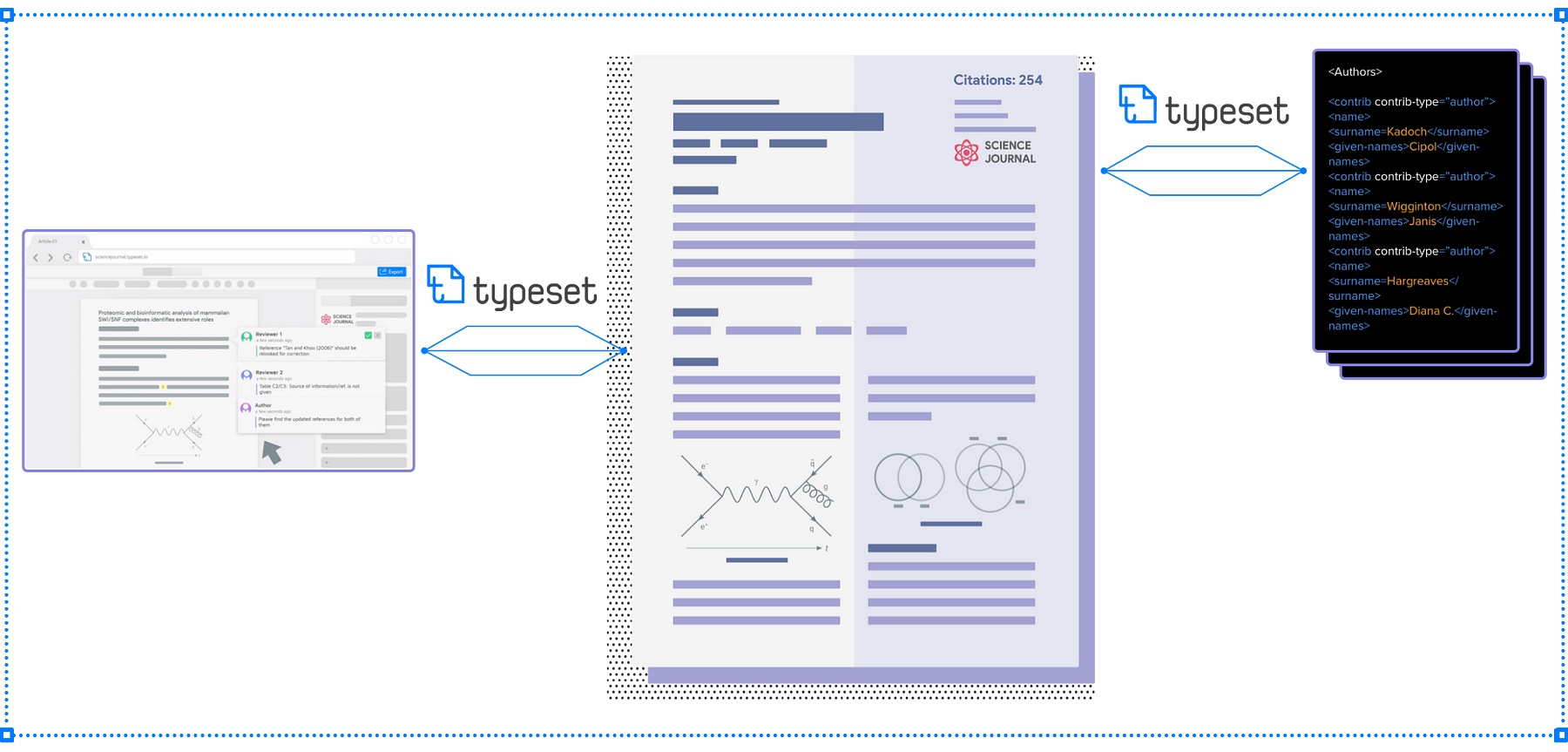A Must-Read Guide For Publishers

The current outlook of Open Access publishing of journals is groundbreaking, and its growth trajectory looks promising. Accelerating scholarly research and communications, OA journal titles have become the cornerstone of digital publishing.

This article talks about the four best practices every publisher and academic library should adopt for running an OA Journal successfully. Let’s dive in:
1) The Fundamental One — Implement Open Access (OA) Metadata for Interoperability
Rich metadata makes the journals (be it student-owned or academic-led) easily discoverable, accessible, and reusable, helping you earn more and more citations for your research work.
For the unversed, think of metadata as a map that helps digital readers find and reach relevant journals or scholarly articles via the most direct route. Metadata in electronic publishing is described as the structured information about data (or data about data) that feed into automated processes, making it easier for machines, library discovery systems, and search engines to track scholarly content.
With metadata characterizing the content and documenting key elements of research articles (such as title, abstract, author, keywords, etc.), navigating and traversing the digital academic publishing world becomes easy.

Modern/traditional publishers and university-owned libraries trying to embrace open access publishing models should focus on the standardization of the metadata they create.
So how do you ensure that your scholarly journals have rich metadata and the articles are not scattered into supplemental files that are almost impossible for machines to interpret?
For streamlined data exchange and structuring, publishers need to compile the journal articles in JATS XML format (a widely adopted standard for digital publishing) and implement “Open Access Metadata.” OA metadata is openly licensed, freely accessible metadata that makes any bibliographic metadata discoverable and harvestable, whether a journal or its articles are open access or not.
In addition to the standard practice of defining the key metadata elements clearly, implementing OA article-level metadata provides you a broader scope beyond OA publishing to attract your target readers. As it applies to any journal publishing model, OA journals should leverage open access metadata to boost the discovery of their articles in relevant searches.
Pro Tip: Since XML acts as an information wrapper and container for your choice of metadata, harvesting XML-formatted metadata from content repositories or servers is a recommended practice for increasing the richness of your existing journal’s metadata and fine-tuning scholarly communications.
However, the generation of XML-based article documents or metadata object description schema is more of a technical process and requires markup language expertise. To save yourself from the hassle of producing an XML-first article file from scratch, you can leverage SciSpace for automated conversion of PDF and Word files into semantically tagged XMLs within few seconds.

Valid XML files generated on SciSpace contain rich metadata that helps your journal articles rank on search engines’ top results.
2) The Essential One — Add Your Journals To Scholarly Indexes
You should include search engines as your target audience set in addition to scholars and researchers. Before authors’ work reaches their target audiences, it should first be found by search engine crawlers.
The impact factor and online discovery potential of academic journal articles hinge solely on one aspect — indexing; well, almost if not entirely! Without proper indexing of scholarly resources in discovery services like Google Scholar, it becomes hard-pressing for readers to find the most relevant content.

It is imperative that you apply and get your OA Journals indexed in popular, high-quality indexing organizations and disciplinary databases, such as the Directory of Open Access Journals (DOAJ), Scopus, PubMed, Web of Science, and so on.
See the list of “Prominent Indices for Academic Journals” here.
To maximize the article accessibility output, you should not only add your journals to scholarly databases but also get them indexed in general search engines (free to use) for added discovery potential.
Publishers and academic-owned libraries should get their OA journals added to scholarly indexes in order to build a reputation and establish the credibility of their journal publications.
3) Midway To Success — Archive Your Open Access Journal
When publishers think of running an OA journal successfully, research production, publication, and dissemination are the key facets they take into account. But what about the preservation of the research content for long-term accessibility?
With the increased adoption of digital publishing and journals migrating online, publishers need to ensure that the authors’ work will always be accessible and available to their readers, even if the journal publication gets lost or is suspended for some reason.
To make the journal articles accessible to target audiences, modern publishers consider archiving as the core and best practice of content preservation. By depositing published or pre-publication versions of articles in an institutional or long-term disciplinary digital repository, research works can be archived for free public use.

Many OA journal publishers and scholars leverage publicly accessible archives such PubMed Central (PMC) — National Library of Medicine’s full-text archive, to expand their audience outreach in addition to preserving the content. Depositing article in multiple designated long-term archives and digital repositories is the publishing standard that publishers should follow.
The archival options for an OA journal are numerous, but picking the right one will help you avoid navigational dead-ends and increase your journal’s impact on the audience.
We will elaborate on the “Journal Archiving” in our next blog.
4) The Never-Ending Cycle — Promote and Distribute Your Research Like Your Life Depends On It!
Now that you have enhanced the metadata, indexed and archived your journals, what’s next? What steps are you taking to promote the research work published in your journal?
Advertising your journals is as important as archiving them or any other OA journal publishing best practice discussed above. A publication or a journal can be established as a high-quality and designated journal only if it is promoted actively. Post content dissemination, you must circulate the journal articles across and beyond the digital scholarly channels. Endorsing your new issues and subject-specific research papers to target audience sets is a shared responsibility of publishers and authors.

Once you have segmented your target audience, selecting the right promotional strategy and marketing medium is the next critical step.
- Social Media: It is high time for publishers and institutional libraries to learn to speak the language of social media where almost the entire digital audience resides. With proper use of #hashtags, keywords, and on-point description of articles, you can significantly increase your journal’s visibility through impactful social media posts.
For a detailed understanding of “How To Use Social Media To Promote Your Journal,” read the blog.
- Email: Promoting your journal and its articles by email is an effective direct marketing practice that helps you reach the scientists, researchers, research funders, and your fan base. Distributing your work through email campaigns gives the audience a sense of personalization and helps build a relationship of trust.
- Niche Networking: This practice has proved to be one of the most successful and efficient ways to advertise your OA journals. Authors, publishers, and even editors should network in their niche open access communities and scholarly groups (via digital communications) to draw new readers and prospective researchers. Besides, getting the good word out in the market about the journal, especially from influencers and thought leaders, will give a boost to your journal’s reputation.
In Conclusion:
The publishing realm is currently at a tipping point as the digital landscape continues to shift dramatically. Publishers and universities willing to embark on the open-access quest will have the competitive advantage of science, technology, and innovation.
More importantly, OA journals driven by intelligent, automated journal management platforms like SciSpace attract a large number of digital readers, thus acquiring more authentic citations, research funders, and high-quality submissions from researchers. Try the SciSpace platform for free and explore new possibilities of journal publishing online.
SciSpace makes publishing workflows more efficient by facilitating collaboration. SciSpace publisher automates the conversion of author submissions to any format, including JATS XML.

By integrating SciSpace into your journal, you can get the opportunity to directly contribute to your publication, giving your publication greater visibility and a faster approval process. It works with over 400+ journals worldwide and offers solutions for generating XML-first articles. See how you can simplify your workflow and save over 80% of the time and cost of producing journal articles.
Before You Go,
Appendix:
Did you find the above article interesting? Here are a few more blogs that might interest you:








